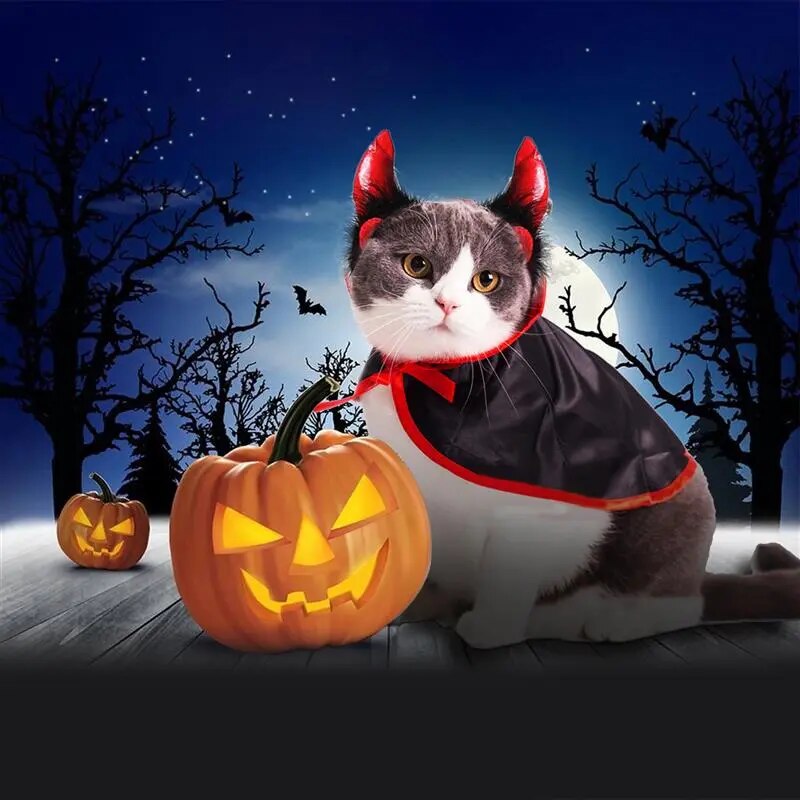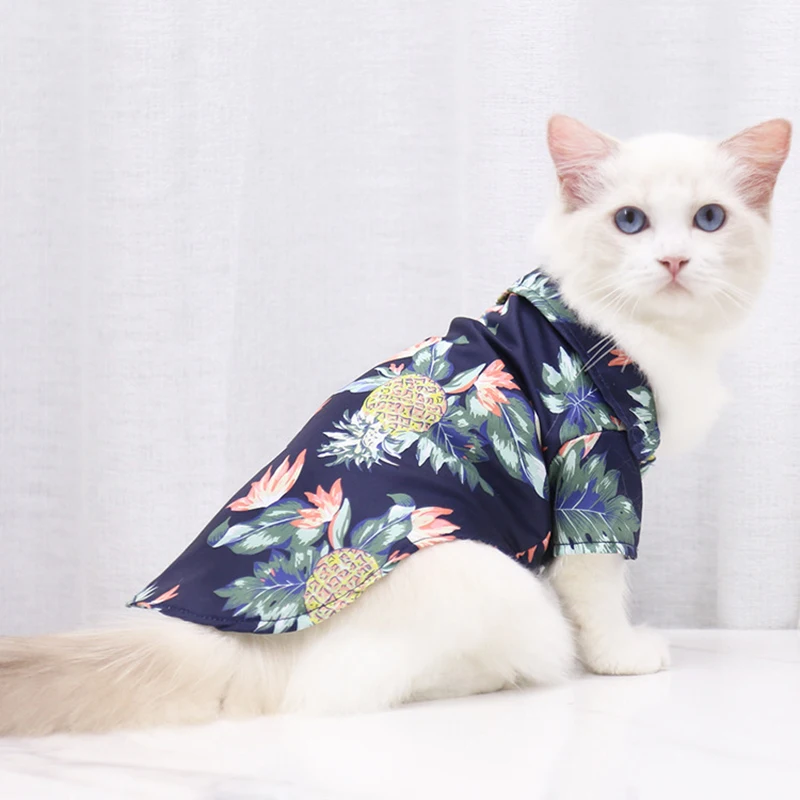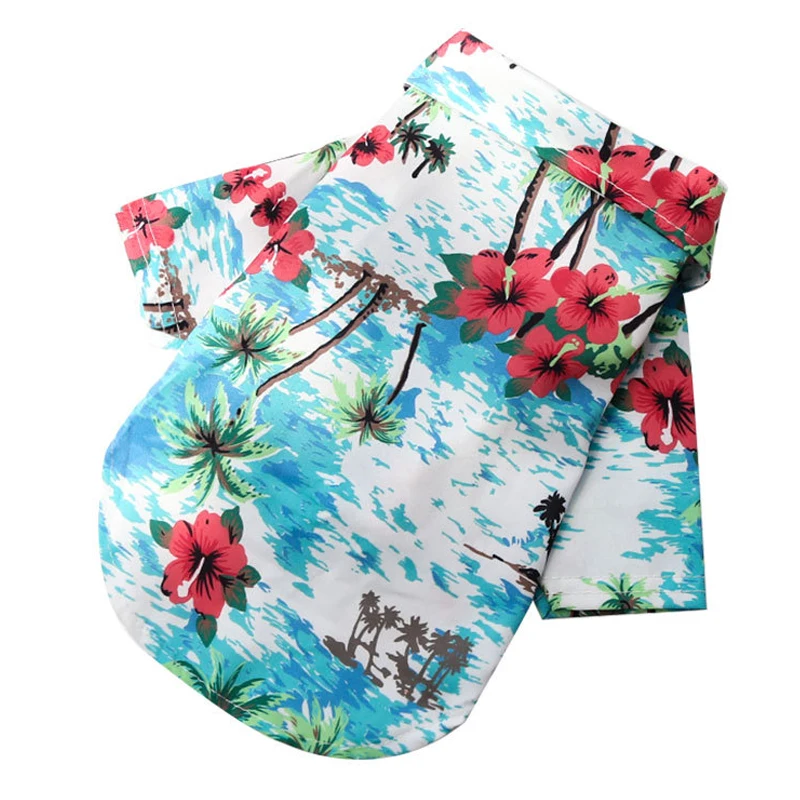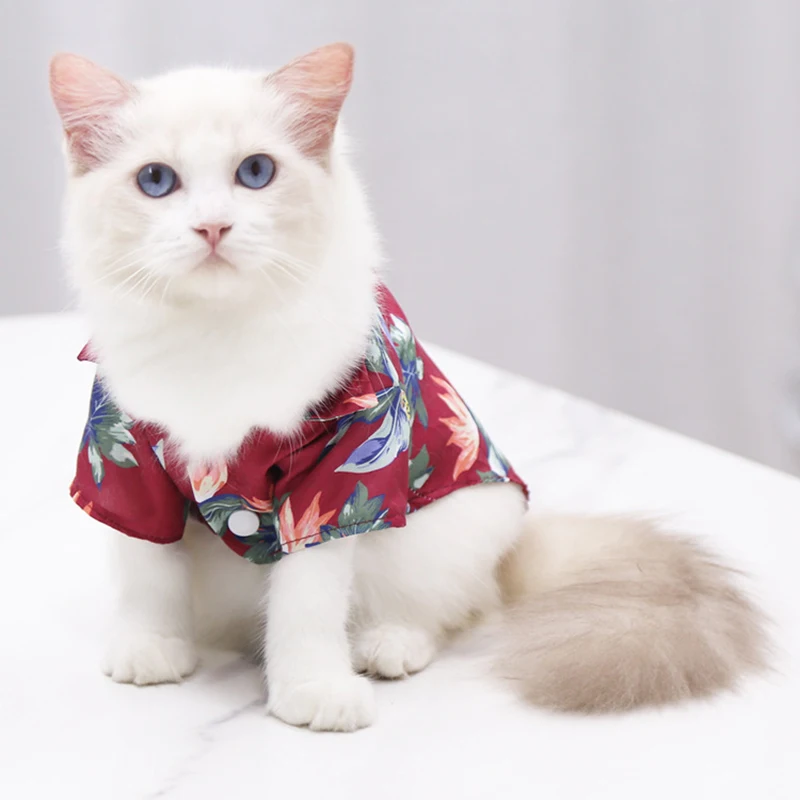
In today’s fast-paced world, creating a sanctuary for both your backyard wildlife and furry friends is more important than ever. Whether you’re looking to attract a wide variety of birds with high-quality one or keep your pets’ coats sleek and healthy, finding the right products can make all the difference. In this guide, we’ll explore where to buy the best one and pet grooming tools, highlighting their benefits and key features. By the end, you’ll have everything you need to create a harmonious environment for birds and pets alike.
To make things easy, we’ve included product recommendations from Bird Feeder Bay and Furry Brushes, with links to some of the top products you can explore. These companies offer the best in backyard bird care and pet grooming, combining quality and innovation to ensure both your birds and pets thrive.
Bird Feeders: A Window into Nature
Bird watching is one of the most relaxing and rewarding hobbies, bringing you closer to nature. Having it in your backyard allows you to attract a wide variety of bird species, turning your outdoor space into a vibrant haven for local wildlife. Not only is it a joy to watch birds feed and interact, but it also help sustain the local bird population, especially during colder months when food sources are scarce.
A Brief History of Bird Feeders
The practice of feeding birds can be traced back to ancient civilizations. The earliest records of humans leaving food for birds date to ancient Egypt, where bird feeding was often associated with religious beliefs and agricultural practices. Egyptians would scatter grain to attract birds, believing that these acts would bring good fortune and abundance. Over time, this practice spread to other cultures, evolving into what we recognize today as backyard bird feeding.
In the 19th century, the advent of industrialization brought about significant changes in society and the way people interacted with nature. As urban areas expanded, many city dwellers found themselves disconnected from wildlife. Bird feeding emerged as a way to reconnect with nature, providing people with a means to attract birds to their homes. This period also saw the rise of ornithology as a science, fueling interest in the study of birds and their behaviors. Birdwatching began to gain popularity as a hobby, leading to an increased demand for specialized feeding equipment.
The first commercially produced are appeared in the early 20th century. These early feeders were often simple wooden designs, primarily intended for seed-eating birds. As interest in birdwatching grew, manufacturers began to innovate, creating feeders that catered to different bird species and feeding preferences. By the mid-20th century, plastic and metal feeders became commonplace, allowing for more intricate designs and improved durability. This era marked a significant turning point in the development, making it easier for people to attract various bird species to their yards.
The 1960s and 1970s saw a surge in environmental awareness, with the rise of the conservation movement leading to greater appreciation for wildlife. Organizations like the National Audubon Society and the Cornell Lab of Ornithology began promoting bird feeding as a way to support local wildlife and educate the public about bird conservation. This awareness encouraged more people to set up in their yards, recognizing the importance of providing food sources for birds, particularly during migration and harsh winter months.
Today, bird feeding is a widespread activity enjoyed by millions of people around the world. These come in an impressive array of designs, from traditional hanging feeders to sophisticated squirrel-proof models. Innovations such as seed blends tailored for specific bird species and nectar feeders for hummingbirds have made bird feeding more accessible and enjoyable than ever before. The hobby not only supports local bird populations but also fosters a sense of connection to nature, encouraging people to engage with and appreciate the beauty of avian life right in their backyards.
A Brief History of Pet Grooming
Pet grooming has roots in ancient civilizations, with evidence suggesting that dogs were groomed as early as 5,000 years ago. The ancient Egyptians, who held cats in high regard, often depicted them in art adorned with jewelry, signifying the importance of their grooming. In fact, grooming was so significant that cats were often depicted with combs and brushes, showcasing the early human appreciation for their pets’ aesthetics and hygiene. This grooming tradition continued through the ages, with different cultures adopting their methods based on their unique relationships with animals.
During the Middle Ages, the grooming of dogs became more structured, particularly among nobility. Dog grooming began to be recognized as an art form, with specific breeds requiring tailored grooming techniques to maintain their appearance. The rise of dog shows in the 19th century further popularized grooming, as owners sought to showcase their pets’ beauty and conformation to breed standards. This led to the development of specialized grooming tools and brushes designed to cater to various dog breeds and coat types.
As society progressed into the 20th century, the pet industry experienced tremendous growth. The advent of commercial pet food and grooming products revolutionized pet care. Pet ownership became a symbol of status, and the demand for grooming services surged. Professional groomers began to emerge as a profession, offering services that extended beyond simple brushing to include styling, bathing, and nail trimming. This period marked a significant shift in the perception of pet grooming, moving from a domestic chore to a specialized service.
The late 20th century brought an increased emphasis on pet health and wellness, influencing grooming practices. Pet owners became more aware of the importance of regular grooming in preventing health issues such as matting, skin irritations, and infections. This awareness spurred innovation in grooming tools and products, leading to the development of brushes, combs, and shampoos specifically designed for different coat types and skin sensitivities. The focus on grooming as part of a holistic approach to pet care established it as an essential aspect of responsible pet ownership.
Today, pet grooming is a thriving industry, with various tools and products available to cater to pet owners’ needs. From high-quality brushes to specialized grooming salons, pet care has become an integral part of the human-animal bond. Grooming not only enhances pets’ appearance but also contributes to their overall well-being. As pet ownership continues to rise, the importance of grooming as a regular practice will only grow, ensuring that pets remain healthy, happy, and stylish companions.
Benefits of Bird Feeders
- Support Local Wildlife: Feeding birds helps sustain local bird populations, especially during harsh weather or migration seasons when natural food sources are limited.
- Enjoy Bird Watching: These allows you to observe the beauty and behavior of birds up close, creating a peaceful and educational experience.
- Promote Biodiversity: Attracting different bird species to your yard increases local biodiversity and can create a more balanced ecosystem.
- Reduce Pest Insects: Many birds feed on insects, so by attracting them to your yard, you can naturally reduce the population of unwanted pests.
Now, let’s explore some of the top options and where to buy them.
Where to Buy Squirrel-Proof Bird Feeders
One of the biggest challenges bird lovers face is keeping squirrels away from their feeders. Squirrels are notorious for stealing bird food and often damage feeders in their quest for a snack. Thankfully, there are specially designed squirrel-proof bird feeders to solve this issue.
- Squirrel-Proof Bird Feeder: This top-of-the-line squirrel-proof feeder fuses a clever design to keep pesky squirrels at bay while allowing birds to feed comfortably. It features a weight-sensitive perch that closes access to the food when squirrels attempt to climb on it.
The design of squirrel-proof feeders has evolved over time, with innovative mechanisms that use the squirrel’s weight or agility to prevent them from accessing the food. These feeders are ideal for anyone living in areas with high squirrel populations, ensuring that your birdseed is reserved for your feathered friends.
Benefits of Squirrel-Proof Bird Feeders
- Keeps Feed for Birds Only: Prevents squirrels from eating all the birdseed and damaging the feeder.
- Durable Construction: Many squirrel-proof feeders are built to withstand wear and tear from both birds and squirrels.
- Cost-Efficient: Reduces the need to constantly refill the feeder due to squirrels eating the birdseed, saving you money in the long run.
Where to Buy Hanging Bird Feeders
These are a classic choice for bird lovers. They can be easily installed on tree branches, hooks, or poles, making them a versatile option for any backyard. Hanging feeders come in various sizes and designs, catering to different bird species.
- Hanging Feeders – Grab yours here!: This selection includes beautifully designed hanging feeders that attract various types of birds. Made from durable materials, these feeders are built to last while adding an aesthetic touch to your garden.
These are ideal for attracting seed-eating birds like finches, sparrows, and chickadees. Many hanging feeders are also designed with features that help keep the seed dry and prevent spillage, ensuring a clean and efficient feeding experience.
Benefits of Hanging Bird Feeders
- Easy to Install: Can be hung from trees, hooks, or poles, making them adaptable to various outdoor settings.
- Attracts a Wide Range of Birds: Different feeder designs can cater to different species, depending on the type of birdseed used.
- Easy to Clean and Maintain: Hanging feeders are typically easy to clean, ensuring a healthy feeding environment for the birds.
Where to Buy Hummingbird Feeders
Hummingbirds are a favorite among bird watchers due to their vibrant colors and rapid wing movements. These tiny birds are attracted to the nectar found, and having one in your backyard can provide hours of entertainment as you watch them zip around.
- Hummingbird Feeder: it offers an excellent selection that are designed to attract these delicate creatures. These feeders come with features that prevent ants and other insects from getting into the nectar, ensuring that only hummingbirds can enjoy the feast.
These are specifically designed to hold nectar, often in a bright red color to attract the birds. They’re equipped with feeding ports sized for hummingbirds’ long, slender beaks, making it easy for them to access the nectar.
Benefits of Hummingbird Feeders
- Attract Hummingbirds: Specifically designed to attract and feed these beautiful, energetic birds.
- Prevents Ants and Insects: Many include features like built-in ant moats or bee guards to keep pests away from the nectar.
- Watch Beautiful Birds Up Close: These allows you to observe these fascinating birds right in your backyard.
Pet Grooming Tools: Keeping Your Furry Friends Happy and Healthy
Just like birds in the wild, our pets need special care to stay healthy and happy. Regular grooming is essential for maintaining a dog or cat’s coat, preventing matting, and reducing shedding. Quality pet brushes make grooming sessions more effective and enjoyable for both you and your pet.
A Brief History of Pet Grooming
Pet grooming has been around for centuries, with early records of grooming dating back to ancient Rome and Egypt. Wealthy pet owners in these societies would often have their pets groomed for both aesthetic and health reasons. Over time, grooming practices evolved, with specialized brushes and tools being developed to cater to different types of fur and coat conditions.
Today, grooming is recognized as an essential part of pet care, and there are a wide variety of brushes and grooming tools available for both dogs and cats.
Benefits of Pet Grooming
- Healthier Coat: Regular brushing helps distribute natural oils, keeping your pet’s coat shiny and healthy.
- Reduces Shedding: Brushing your pet regularly helps reduce the amount of loose fur, keeping your home cleaner and reducing allergens.
- Prevents Matting: For long-haired pets, brushing helps prevent painful mats and tangles from forming.
- Bonding Time: Grooming provides an opportunity to bond with your pet, helping to build trust and affection.
Now, let’s explore where to buy the best grooming brushes for dogs and cats.
Where to Buy Dog Hair Brushes
Grooming a dog requires the right brush for their coat type, whether it’s short, long, curly, or double-coated. Using the appropriate brush helps maintain the coat’s health and reduces shedding.
- Dog Hair Brusher – Order now!: Furry Brushes offers a range of high-quality dog brushes designed for different coat types. From slicker brushes for curly coats to bristle brushes for short-haired breeds, you’ll find everything you need to keep your dog’s fur in top condition.
For long-haired dogs, slicker brushes or de-shedding tools work well to remove loose fur and prevent tangles. Short-haired breeds benefit from bristle brushes that smooth and shine the coat. Regular grooming also helps check for any skin issues or parasites, making it an important aspect of overall health care.
Benefits of Dog Hair Brushes
- Reduces Shedding: Removes loose fur and reduces the amount of dog hair on furniture and floors.
- Promotes a Healthy Coat: Brushing distributes oils through the dog’s fur, keeping the coat healthy and shiny.
- Prevents Tangles: Especially important for long-haired breeds, brushing helps prevent painful mats from forming.
- Enhances Bonding: Grooming sessions provide one-on-one time with your dog, strengthening your bond.
Where to Buy Cat Hair Brushes
Cats are known for their grooming habits, but they still need human help to keep their coats in optimal condition. Regular brushing helps reduce shedding and prevents hairballs, especially in long-haired cats.
- Cat Hair Brushes: Furry Brushes offers a variety of cat brushes to suit different coat types. From fine-tooth combs for short-haired cats to de-shedding tools for long-haired breeds, these brushes make grooming your cat easy and effective.
Brushing also helps reduce hairballs by removing loose fur that your cat might otherwise ingest. Regular grooming sessions with a gentle cat brush can help prevent mats and tangles, ensuring that your feline friend stays comfortable and healthy.
Benefits of Cat Hair Brushes
- Reduces Hairballs: Helps remove loose fur that cats might otherwise ingest while grooming themselves.
- Prevents Matting: Regular brushing prevents mats, which can be painful for long-haired cats.
- Keeps Fur Shiny: Brushing helps distribute natural oils, keeping your cat’s coat sleek and healthy.
- Calms and Relaxes: Many cats find grooming sessions relaxing, making it a great bonding activity.
Final Thoughts
Whether you’re looking to attract beautiful birds to your backyard or keep your furry friends’ coats looking their best, investing in the right products makes all the difference. With high-quality and top-notch pet brushes from Furry Brushes, you’ll create a happy, healthy environment for both birds and pets alike.



